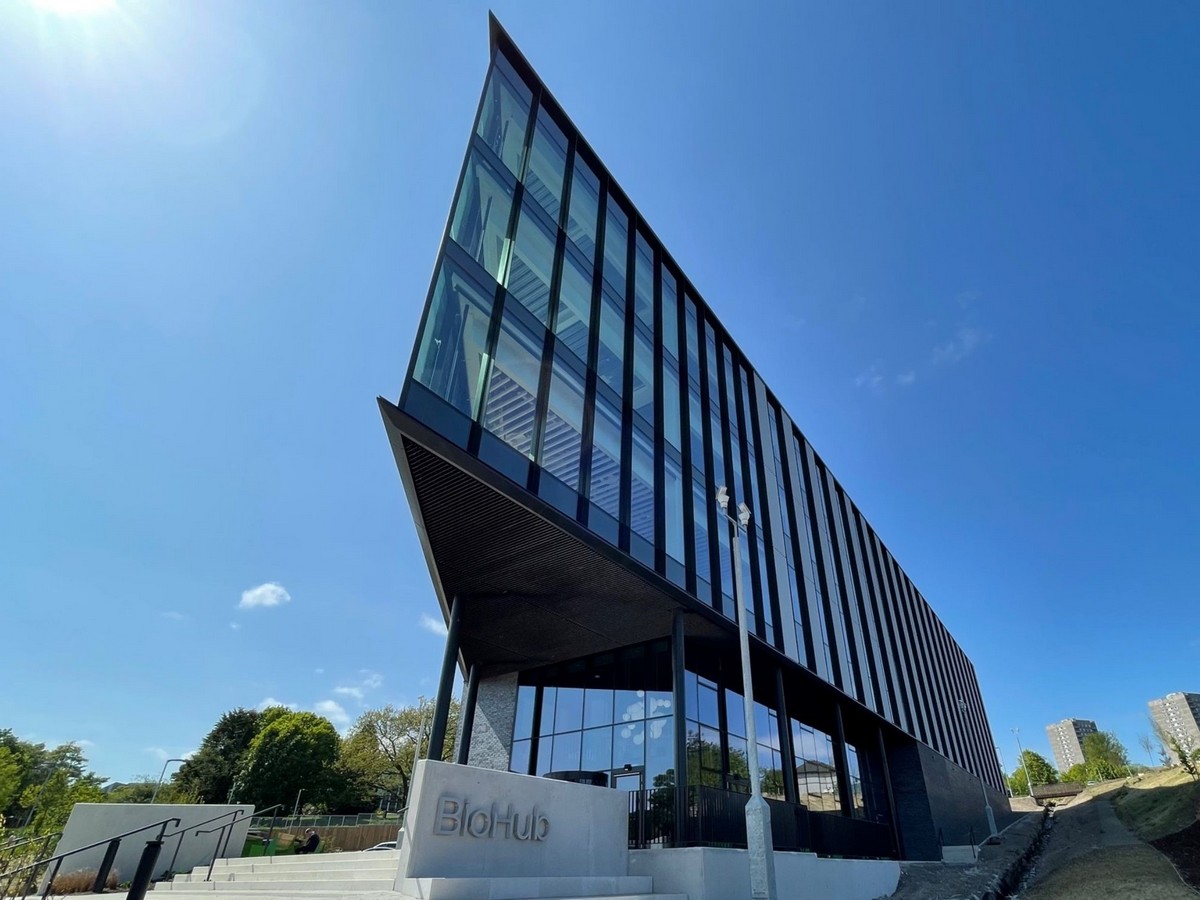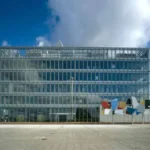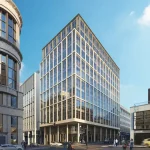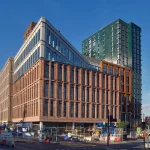Workplace environments must adapt quicker, Christoph Ackermann BDP Glasgow, Hybrid and remote workstyles
Workplace environments must adapt quicker article
27 June 2023
Let’s get together
Christoph Ackermann, Architect and Principal at BDP explains why our workplace environments must adapt quicker, following a shift in post-pandemic working patterns.
Christoph Ackermann, BDP Glasgow:
image courtesy of architects practice
Workplace environments must adapt quicker piece by Christoph Ackermann
With more people embracing hybrid and remote workstyles, footfall has reduced in our cities, towns and offices. But research continues to prove the value of people working together in the same location, in ‘clusters’ or places where knowledge can be shared and where relationships can be forged.
We refer to these flexible spaces which facilitate the exchange of ideas as “knowledge cauldrons”. It’s a concept we implemented at The Technology and Innovation Centre (TIC) and the neighbouring Inovo building at the University of Strathclyde in Glasgow, where encouraging interaction and knowledge exchange is central to the design.
For science, technology and research projects in particular, this type of space which nourishes connectivity, and the sharing of ideas is crucial for ground-breaking, scientific discovery and true innovation.
As designers, we have to create a more diverse environment to attract people back to the office in greater numbers, an environment which better reflects their lifestyle choices and needs and where the human connection can flourish again.
BioHub Aberdeen office building design by BDP:
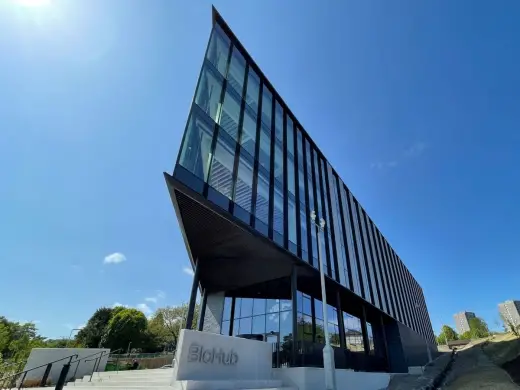
photo courtesy of BDP
Creating areas where people can connect with nature by offering views to the landscape or introducing biophilic planting can improve the workplace experience. People engage in different ways and we need to respond to this; by providing sensory experiences, re-engineering corridors to encourage serendipitous encounter, improving technology that is easy to activate, introducing elements of play for stress-busting, wellness pods for stretching and yoga practice and configuring furniture to activate the space according to need. These interventions reflect the new workstyle and create places that attract new talent and encourage human interaction.
We also aim to design buildings that go beyond their primary function and work as multi-use venues. We build in flexibility to enable a range of working, social and community-based activities for the people who are using them. People want to be more active in the workplace, they want to connect with community issues and they want to embrace digital technology.
This technological and lifestyle-focused approach is embedded within the newly launched ONE BioHub in Aberdeen. This £40 million facility fully supports the practice of science and healthcare and encourages industry experts, often from different fields of study, to come together socially and professionally.
Multi-use training facilities add value to ONE BioHub’s high quality laboratory space, together with offices, research and development areas, and a range of spaces tailored to different functions. These act to support not only work requirements, but wider social and lifestyle choices.
The site topography also allowed us to develop a stepped section and double height atrium, providing a social heart at the entrance of the building that includes a range of open plan collaboration areas, meeting rooms and a cafe. The prime working spaces situated on the edge of the building have the benefit of generous natural light and stunning views across Aberdeen, creating a pleasant working environment for all.
It is an iconic new location for life sciences in Scotland and an exemplar of a flexible, collaborative workspace. It acts to inspire discovery and innovation, giving scientists skills and knowledge to turn their research into businesses, supporting their lifestyles and their entrepreneurial journeys.
And, as a key element of Scotland’s burgeoning life sciences industry, ONE BioHub also becomes a vehicle for economic growth by attracting young talent and encouraging in-person collaboration that supercharges research, develops relationships, encourages community cohesion and ultimately, delivers scientific success.
We cannot hide from the fact that working practices have changed but the benefit of human interaction in the workplace is clear. Creating buildings that support new lifestyles and new approaches to working is fundamental in making the most of vital human connection.
Christoph Ackermann is an Architect and Principal at BDP Glasgow. https://www.bdp.com/
Workplace environments must adapt quicker image / information received 270623 from BDP Glasgow Studio
Previously on Glasgow Architecture:
Design: BDP
BDP adaptive reuse project wins conservation award at GIA Design Awards
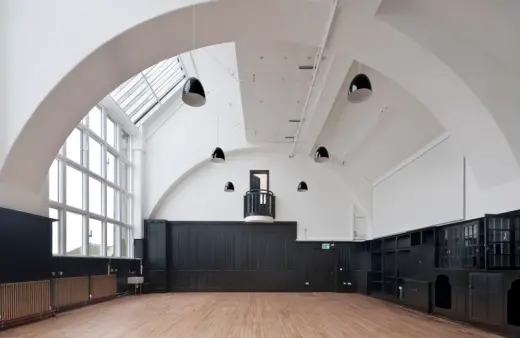
Glasgow Architecture
Historic Glasgow: best buildings of the past
Comments / photos for the Workplace environments must adapt quicker page welcome
